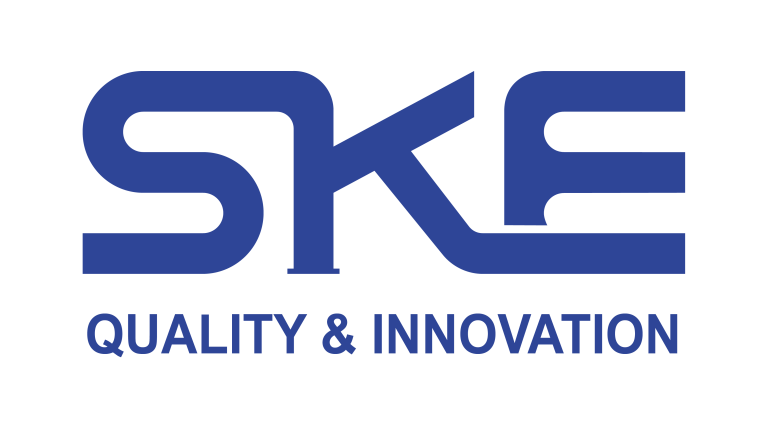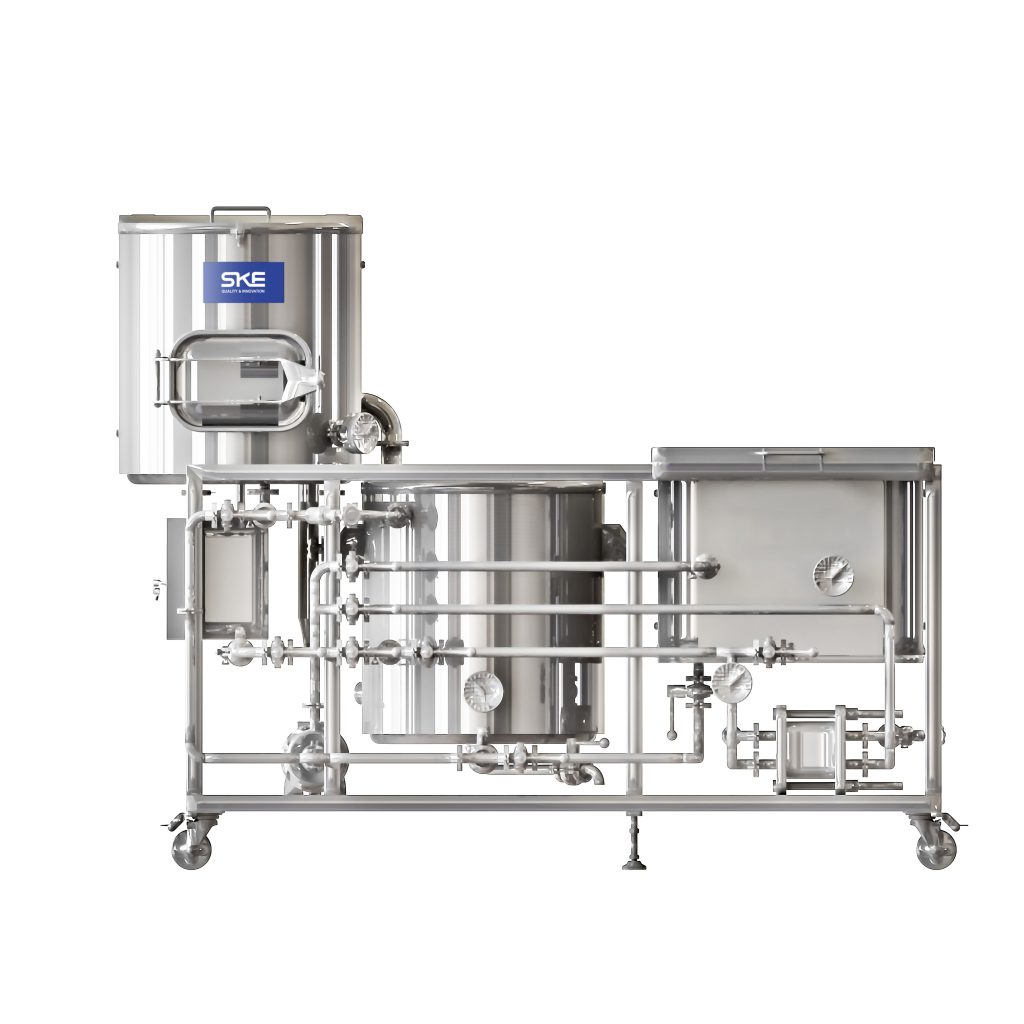Introduction

The world of beer is vast and varied, with industrial beer brewing equipments playing a pivotal role in bringing your favorite brews to market. From the crisp lagers to the robust ales, these sophisticated systems are the backbone of large-scale beer production. In this comprehensive guide, we’ll delve into the essential components, processes, and considerations surrounding industrial beer brewing equipments, providing you with a thorough understanding of this critical aspect of the beverage industry. This guide is designed to serve as a resource for both newcomers and seasoned professionals looking to optimize their brewing operations. We aim to clarify the complexities of industrial brewing, making it accessible and informative.
Understanding the Key Components of Industrial Beer Brewing Equipments
Industrial beer brewing equipments are complex systems, designed to handle large volumes and maintain consistent quality. Key components include:
The Brewhouse: The Heart of Industrial Beer Brewing Equipments
The brewhouse is where the magic begins. It comprises several essential vessels:
- Mash Tun: This is where milled grains are mixed with hot water, initiating the conversion of starches to sugars. The mash tun’s design ensures uniform temperature distribution, crucial for enzymatic activity.
- Lauter Tun: Here, the sweet liquid (wort) is separated from the spent grains. Effective lautering is essential for maximizing extract efficiency and minimizing unwanted flavors.
- Brew Kettle: The wort is boiled in this vessel, with hops added for bitterness and aroma. The boiling process also sterilizes the wort and drives off undesirable volatile compounds.
- Whirlpool: This tank separates the spent hops and other solids from the wort. This separation ensures a clearer wort, leading to a cleaner final product.
Fermentation Tanks: Where the Transformation Occurs
Fermentation tanks are crucial in industrial beer brewing equipments. Here, yeast is added to the cooled wort, converting sugars into alcohol and carbon dioxide. These tanks come in various designs, including:
- Cylindroconical Tanks: These are widely used due to their versatility and ease of cleaning. Their conical bottom allows for efficient yeast harvesting and sediment removal.
- Horizontal Tanks: Suitable for lagering, these tanks provide consistent temperature control. The large surface area facilitates slow and controlled fermentation, which is key for lagers.
Filtration and Clarification: Ensuring a Clear and Consistent Product
Industrial beer brewing equipments also include filtration systems to remove any remaining solids, ensuring a clear and bright beer. Common filtration methods include:
- Diatomaceous Earth Filtration: This method uses a fine powder to trap particles. It’s a cost-effective method for achieving high clarity.
- Membrane Filtration: This advanced technique provides precise filtration. It allows for the removal of very small particles, ensuring a polished final product.
Packaging Equipment: From Tank to Consumer
The final stage involves packaging the beer for distribution. Industrial beer brewing equipments include:
- Bottling Lines: For filling and capping bottles. Modern bottling lines are highly automated, ensuring consistent fill levels and minimizing oxygen pickup.
- Canning Lines: For filling and sealing cans. Canning lines are becoming increasingly popular due to the advantages of cans in terms of shelf life and portability.
- Kegging Systems: For filling kegs for draft beer. Kegging systems are designed for efficient filling and cleaning, maintaining the quality of draft beer.
The Industrial Beer Brewing Process: A Step-by-Step Overview
The industrial beer brewing process is a carefully orchestrated series of steps, each critical to the final product. Precision and consistency are paramount in industrial brewing, ensuring that each batch meets the desired specifications.
Milling and Mashing: Preparing the Grains
The process begins with milling the grains to break them down, followed by mashing in the mash tun, where the starches are converted to sugars. The milling process must be carefully controlled to achieve the optimal particle size distribution. The mashing process involves precise temperature control to activate specific enzymes.
Lautering and Boiling: Extracting and Refining the Wort
The wort is then separated from the spent grains in the lauter tun, and subsequently boiled in the brew kettle with hops. The lautering process requires careful control of flow rates to prevent stuck mashes. The boiling process not only adds bitterness but also sterilizes the wort and drives off unwanted compounds.
Fermentation and Conditioning: Creating the Beer
After cooling, the wort is transferred to fermentation tanks, where yeast is added. Following fermentation, the beer undergoes conditioning to refine its flavor. Fermentation temperatures and times are precisely controlled to achieve the desired flavor profile. Conditioning allows the beer to mature, improving its overall quality.
Filtration and Packaging: Delivering the Final Product
The beer is filtered to remove any remaining solids, and then packaged into bottles, cans, or kegs. Filtration ensures a clear and stable product, while packaging protects the beer from oxygen and light. Modern packaging lines are highly efficient, ensuring consistent quality and minimizing waste.
Key Considerations When Selecting Industrial Beer Brewing Equipments
Choosing the right industrial beer brewing equipments is a significant investment. Here are some factors to consider:
Capacity and Scalability: Meeting Production Demands
Ensure the equipment can handle your current and future production needs. Scalability is crucial for long-term growth, allowing you to expand production as demand increases.
Automation and Efficiency: Streamlining Operations
Automated systems can improve efficiency and consistency. Automation reduces manual labor and minimizes the risk of human error, leading to more consistent product quality.
Quality and Durability: Ensuring Long-Term Performance
Invest in high-quality equipment that can withstand the rigors of industrial brewing. Durable equipment minimizes downtime and reduces maintenance costs, ensuring long-term reliability.
Maintenance and Support: Minimizing Downtime
Choose suppliers that offer comprehensive maintenance and support. Reliable support ensures that any issues are resolved quickly, minimizing downtime and maximizing production.
Table of Industrial Beer Brewing Equipments Specifications.
Here’s a table outlining typical specifications for various components of industrial beer brewing equipments:
| Equipment Component | Specification | Measurement |
|---|---|---|
| Mash Tun | Capacity | 1000-10000 Liters |
| Lauter Tun | Filtration Rate | 10-20 Liters/min/m² |
| Brew Kettle | Heating Rate | 1-2 °C/min |
| Fermentation Tank | Pressure Rating | 2-3 Bar |
| Filtration System | Pore Size | 0.5-5 Microns |
| Bottling Line | Filling Speed | 100-500 Bottles/min |
| Canning Line | Sealing Rate | 150-600 Cans/min |
Maintaining Your Industrial Beer Brewing Equipments

Regular maintenance is essential to ensure the longevity and efficiency of your industrial beer brewing equipments. This includes:
Cleaning and Sanitation: Preventing Contamination
Thorough cleaning and sanitation are crucial to prevent off-flavors and ensure product quality. Regular cleaning prevents the buildup of bacteria and wild yeast, ensuring a consistent and high-quality product.
Regular Inspections: Identifying Potential Issues
Conduct regular inspections to identify and address any potential issues before they escalate. Proactive maintenance helps prevent costly breakdowns and ensures smooth operations.
Preventive Maintenance: Extending Equipment Lifespan
Implement a preventive maintenance schedule to extend the lifespan of your equipment. Regular maintenance, such as lubrication and component replacement, can significantly prolong the life of your equipment.
Conclusion
Industrial beer brewing equipments are the cornerstone of large-scale beer production. By understanding the key components, processes, and considerations, you can make informed decisions and ensure the success of your brewing operations. Proper selection and maintenance of equipment are crucial for producing consistent and high-quality beer.
FAQ
What are the main components of industrial beer brewing equipments?
The main components include the brewhouse (mash tun, lauter tun, brew kettle, whirlpool), fermentation tanks, filtration systems, and packaging equipment. Each component plays a vital role in the brewing process, from preparing the wort to packaging the final product.
How often should industrial beer brewing equipments be cleaned?
Equipment should be cleaned and sanitized after each batch to prevent contamination. Regular cleaning is essential for maintaining product quality and preventing off-flavors.
What factors should be considered when selecting industrial beer brewing equipments?
Factors to consider include capacity, automation, quality, and maintenance support. Choosing the right equipment is a significant investment, so it’s important to consider both current and future needs.

